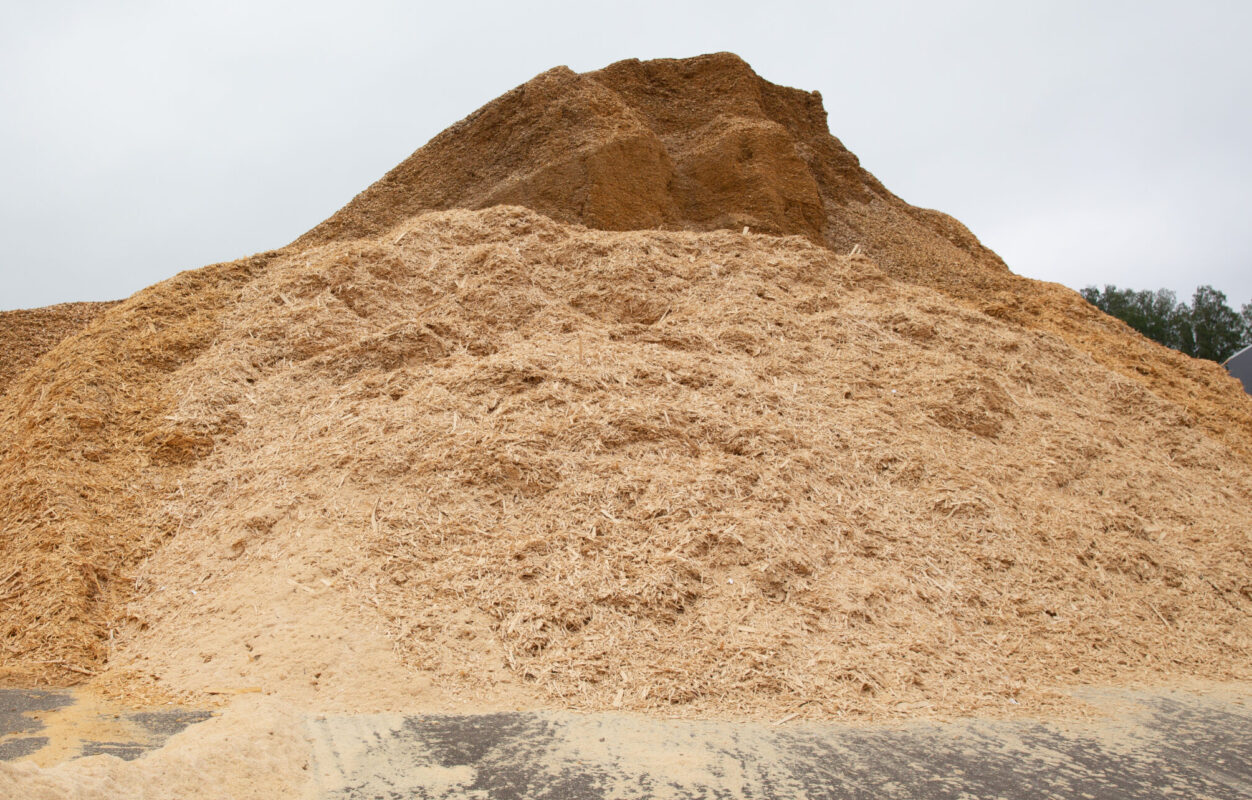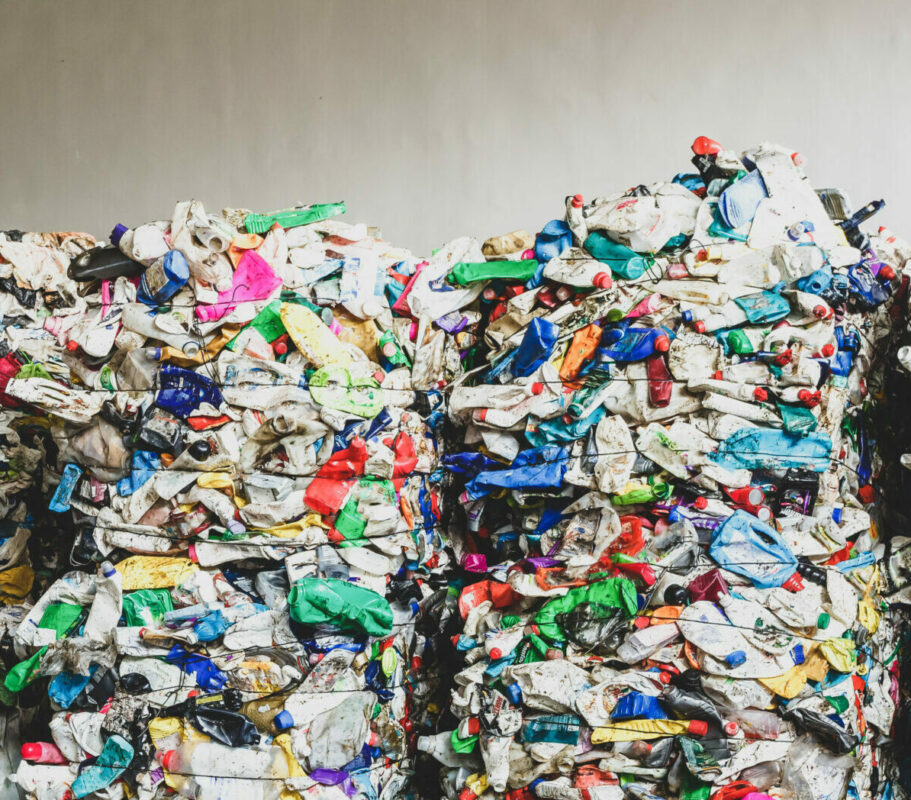
Residual Biomass
The world’s agricultural landscapes and vast forested areas—spanning billions of hectares—represent one of the planet’s most valuable renewable resources. When managed responsibly, these ecosystems can provide critical contributions to a more sustainable, circular society.
Among their many assets are lignocellulosic and agricultural residues, which include forestry by-products, crop residues, and other non-edible biomass materials. Today, a large share of these materials is used in combined heat and power (CHP) applications, where they serve as a renewable source of thermal energy. While this role is important, it only scratches the surface of their true potential.
These residues are not just sources of calorific value; they are composed of complex biopolymers—cellulose, hemicellulose, and lignin—that can be transformed into a wide array of high-value products. With the right technology, these streams can yield platform chemicals, advanced biofuels, and renewable industrial energy carriers, contributing far beyond the value of combustion alone.
The key lies in polygeneration: integrating the production of heat and power with material recovery and fuel or chemical synthesis. Such integration enables the efficient use of waste heat and residual streams, which are inevitable by-products of any thermochemical conversion process. Rather than being lost, these flows can be captured and redirected into additional value-creating pathways—maximizing resource efficiency and minimizing environmental impact.
By rethinking how we utilize residual biomass, we open the door to a more intelligent and profitable use of nature’s resources—one that not only meets our energy needs but also supports industry, agriculture, and climate goals in parallel.

